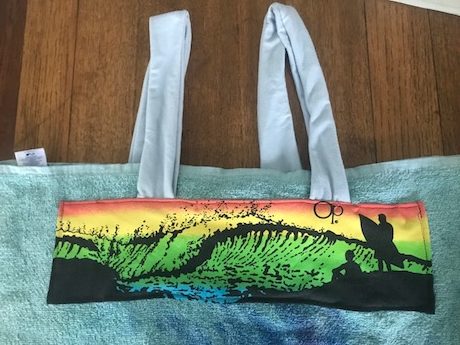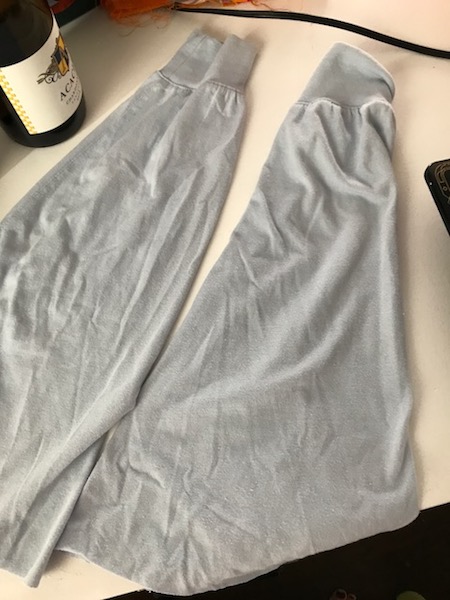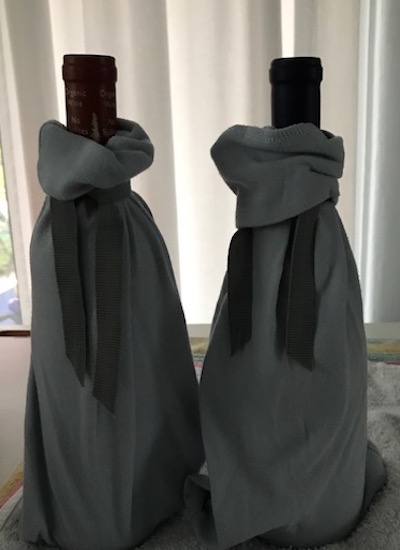There are lots of T-shirts to be found on the beach. I already donated, gave or sold about 80 shirts and have about 30 left assorted. I used to think just donate them, which is possible, but the reality is, the old, the worn, the ripped and the stained are not wanted. The sad part story is what we American’s consider rags T’s are much needed in the world.
In Fact:
- 70% of the world uses secondhand clothing. (Source)
- 50% of collected shoes and clothing is used as second-hand products.
- Kenya, Tanzania and Rwanda are banning second hand clothing to jumpstart their own clothing industry.

The problem: Fast Fashion and Throwaway Societies. In a throwaway society we buy cheap and often. Cheap products do not last and it is causing a clothing-landfill crisis.
I Just Gotta Eco Ya:
- Two billion t-shirts are sold worldwide.
- One t-shirt uses up 700 gallons of water.
- Hong Kong, residents throw away the equivalent of 1,400 t-shirts every minute! © Sam Fong / Greenpeace © Sam Fong / Greenpeace (Greenpeace)
- 25% of the world’s pesticides and herbicides are used by the cotton industry
- One Undershirt = 20 miles of walking to save carbon emissions.
- Buying Organic t-shirts only helps to the environment if it is washed in cold water, not dry cleaned and not thrown away with the other 11 million tons of textiles that are trashed yearly.
Well I certainly don’t want to add to landfills and add even more fast fashion. What to do? One of the T-shirts I found (sorry no image) was a cut off blue Tee that had a nice front image. Playing around with an old found towel, created this beach bag. Cutting out the image from the T-shirt, I took the straps and made handles.

What to do with the sleeves? I had to go to a party and of course didn’t have wine wrapping… why not use the sleeves?

Sewed up the bottom or you could tie a knot and turn inside out, use any type of ribbon or tie and voila, wine wrapping. Time it took, 10 minutes.

Resources
- Huffington Post
- Take Part
- Why The Worldwide Demand of Used Clothing is Declining.
- New York Times: Africa Clothing Ban ; Behind the American response to the East African ban is a group of 40 used clothing exporters, known as the Secondary Materials and Recycled Textiles Association. It says that 40,000 American jobs, like sorting and packing clothes, are at risk. Clothing thrown away by Americans, the association says, will end up in landfills in the United States and damage the environment if not sold abroad.
- In March 2016: the East African Community (EAC), which is made up of Kenya, Uganda, Tanzania, Burundi and Rwanda, proposed banning all imported used clothing and shoes by 2019. The goal is to stop relying on imports from rich nations, boost local manufacturing and create new jobs. (Huffington Post)
- Rwandan President Paul Kagame had stated that his country will proceed with the ban on used clothes and will choose to grow its local textile industry at the expense of being a member of the AGOA. (Face to Face Africa)
